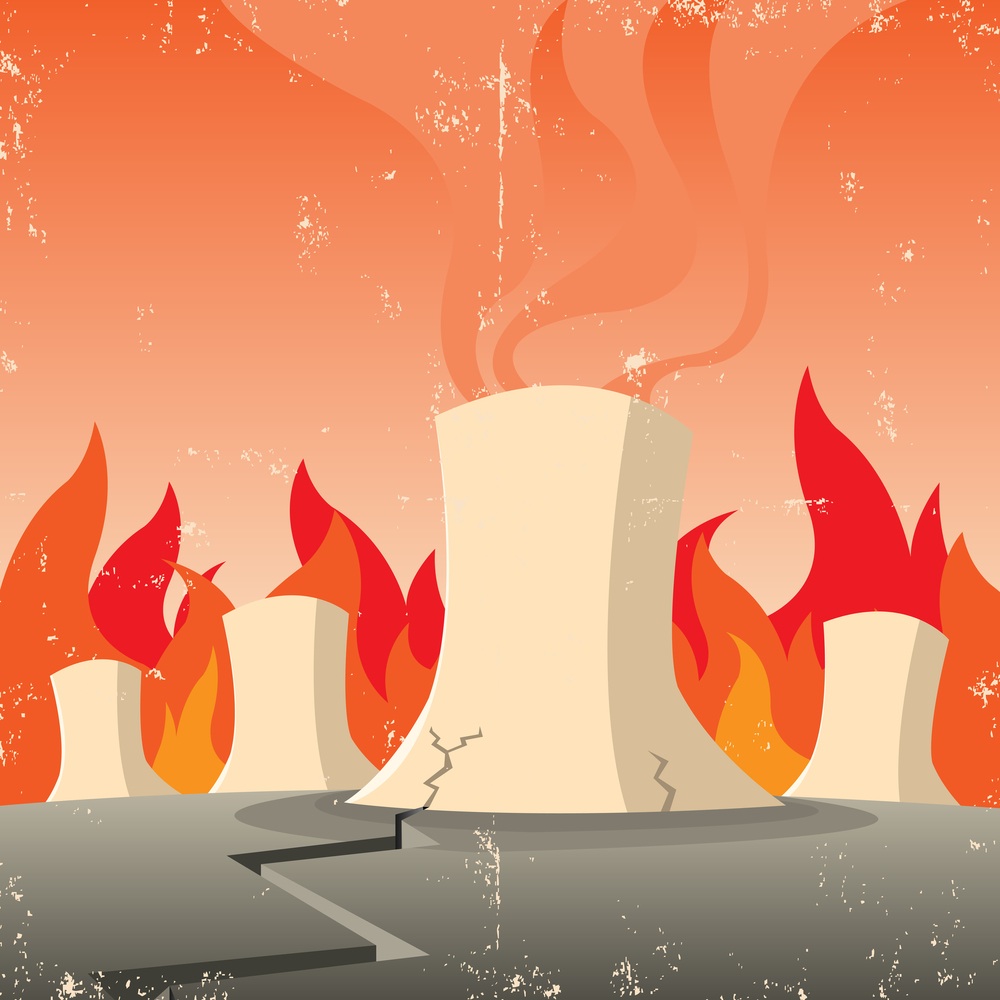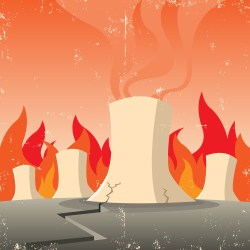Fallout from that Fukushima meltdown thing a couple years back? It’s not just the Japanese who are suffering, though their plight is obviously the worst.
Radioactive isotopes blasted from the failed reactors may have given kids born in Hawaii and along the American West Coast health disorders which, if left untreated, can lead to permanent mental and physical handicaps.
Children born in Alaska, California, Hawaii, Oregon, and Washington between one week and 16 weeks after the meltdowns began in March 2011 were 28 percent more likely to suffer from congenital hypothyroidism than were kids born in those states during the same period one year earlier, a new study shows. In the rest of the U.S. during that period in 2011, where radioactive fallout was less severe, the risks actually decreased slightly compared with the year before.
Substantial quantities of the radioisotope iodine-131 were produced by the meltdowns, then wafted over the Pacific Ocean and fell over Hawaii, the American West Coast, and other Pacific countries in rain and snow, reaching levels hundreds of times greater than those considered safe.
After entering our bodies, radioactive iodine gathers in our thyroids. Thyroids are glands that release hormones that control how we grow. In babies, including those not yet born, such radiation can stunt the development of body and brain. The condition is known as congenital hypothyroidism. It is treatable when detected early.
“Fukushima fallout appeared to affect all areas of the U.S., and was especially large in some, mostly in the western part of the nation,” wrote researchers with the Radiation and Public Health Project in their peer-reviewed paper published in Open Journal of Pediatrics.
The links between iodine radioisotope exposure and juvenile hypothyroidism were established after the 1986 Chernobyl meltdown. The authors of this new paper suspect that the spike in Pacific Coast cases in 2011 was linked to the Fukushima accident, but they warn that further analysis is needed “to better understand any association between iodine exposure from Fukushima-Dai-ichi and congenital hypothyroidism risk.”
Their findings may be only a tip of an epidemiological iceberg.
“Congenital hypothyroidism can be used as one measure to assess any potential changes in U.S. fetal and infant health status after Fukushima because official data was available relatively promptly,” the researchers wrote. “However, health departments will soon have available for other 2010 and 2011 indicators of fetal/infant health, including fetal deaths, premature births, low weight births, neonatal deaths, infant deaths, and birth defects.”
So stay tuned. Two years and one month after the meltdown, we’re only just beginning to understand how the nuclear catastrophe affected the health of people living around the vast Pacific Ocean.




